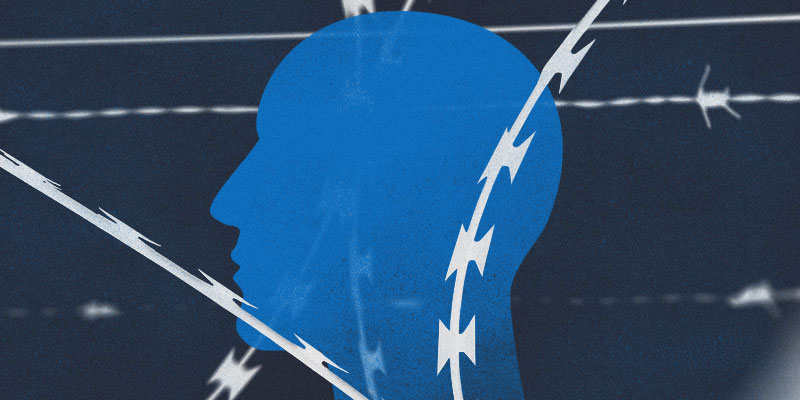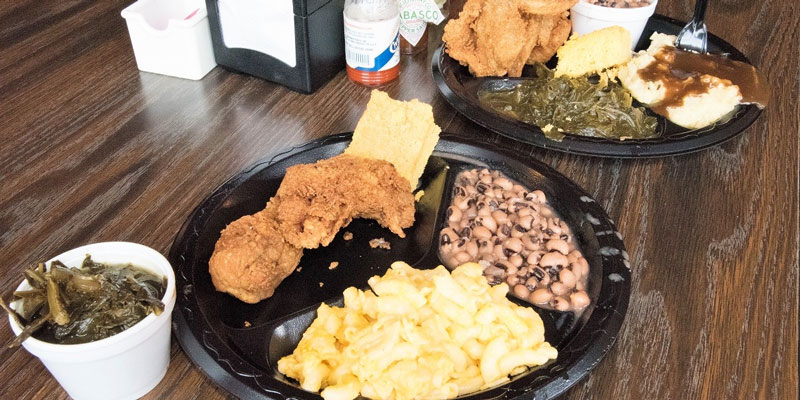What just happened?
The House recently passed a bipartisan prison reform bill authored by Reps. Doug Collins (R-Ga.) and Hakeem Jeffries (D-N.Y.). The First Step Act was approved by a 360-59 vote, and included the support of 134 Democrats.
The bill is headed to the Senate, where it is expected to face opposition by Democrats who object that it doesn’t address sentencing reform. President Trump has signaled that he would sign the bill.
What is the First Step Act?
FIRST STEP is an acronym for “Formerly Incarcerated Reenter Society Transformed Safely Transitioning Every Person Act.” The primary purpose of the Act is to provide for programs to help reduce the risk that prisoners will recidivate upon release from prison. The Act requires the U.S. Attorney General, as head of the Department of Justice, to review existing policies and develop recommendations regarding evidence-based recidivism reduction programs and productive activities and to develop a Post-Sentencing Risk and Needs Assessment System. This action must be taken within 180 days of the passage of the Act.
The Act also requires that incentives and rewards be made available for prisoners who participate in and complete the reduction programs.
What types of programs does the First Step Act cover?
Evidence-based recidivism reduction programs include either group or individual activities that have shown, based on research or empirical evidence, to likely be effective in reducing recidivism (i.e., the tendency of a convicted criminal to reoffend). The programs would be designed to help prisoners succeed in their communities upon release from prison, and include such activities as classes on morals or ethics, vocational training, faith-based classes or services, or restorative justice programs.
Are faith-based programs eligible?
Yes, the Act requires considering any program, treatment, regimen, group, company, charity, person, and state that “the fact that it may be or is faith-based may not be a basis for any discrimination against it in any manner or for any purpose.”
What are the incentives and rewards prisoners could be eligible for?
According to the bill, the incentives and rewards would include:
–Phone privileges, or, if available, video conferencing privileges, for up to 30 minutes per day, and up to 510 minutes per month;
–Additional time for visitation at the prison, as determined by the warden of the prison;
–Placement in a facility closer to the prisoner’s release residence subject to the availability of bed space, the security level of the facility, and the Warden’s support for the requested transfer;
–Increased commissary spending limits and product offerings;
–Extended opportunities to access the email system;
–Consideration of transfer to preferred housing units (including transfer to different prison facilities);
–Other incentives solicited from prisoners and determined appropriate by the Director
–Eligible prisoners could also earn “time credits” at the rate of 10-15 days of credit for every 30 days of successful participation in the program. Time credits would be applied toward time in pre-release custody, such as home confinement or a federal halfway house.
What other changes are made by the Act?
Some of the other changes made by the Act are:
Fixes The “54 Day” Problem — The Act fixes a longstanding problem with how federal good conduct time is calculated. The Act requires the Bureau of Prisons to award 54 days of good conduct time for each year of the sentence that was imposed. Thus, a 10-year sentence would equal to 540 possible days of good conduct time.
Shackling of Pregnant Prisoners —The Act prohibits prisoners who are pregnant or in postpartum recovery from being put into restraints unless a healthcare professional responsible for the health and safety of the prisoner determines that the use of restraints is appropriate for the medical safety of the prisoner.
Placement of Prisoners Close to Families — The Act changes federal law to require the Bureau of Prison “designate the place of the prisoner’s imprisonment, and shall, subject to bed availability, the prisoner’s security designation, the prisoner’s programmatic needs, and the prisoner’s mental and medical health needs, place the prisoner in a facility as close as practicable to the prisoner’s primary residence, but, in any case, not more than 500 driving miles from the prisoner’s primary residence. Subject to bed availability and the prisoner’s security designation, the Bureau shall transfer prisoners to facilities that are closer to the prisoner’s primary residence even if the prisoner is already in a facility within 500 driving miles of that residence, unless the prisoner chooses to remain at his or her current facility.’’
Home Confinement for Low Risk Prisoners — The Act requires that the Bureau of Prisons, to the extent practicable, place prisoners with lower risk levels and lower needs on home confinement for the maximum amount of time permitted under federal law.
Change to Compassionate Release — The Act allows elderly offenders and eligible terminally ill offenders to motion for compassionate release from the Court after exhausting administrative remedies.
Healthcare Products — The Act requires the Bureau of Prisons to make tampons and sanitary napkins available to prisoners for free, in a quantity that is appropriate to the healthcare needs of each prisoner.
Identification Assistance – The Act requires the Bureau of Prisons to help prisoners “obtain identification, including a social security card, driver’s license or other official photo identification, and a birth certificate.”
(Courtesy of the Ethics and Religious Liberty Commission)











